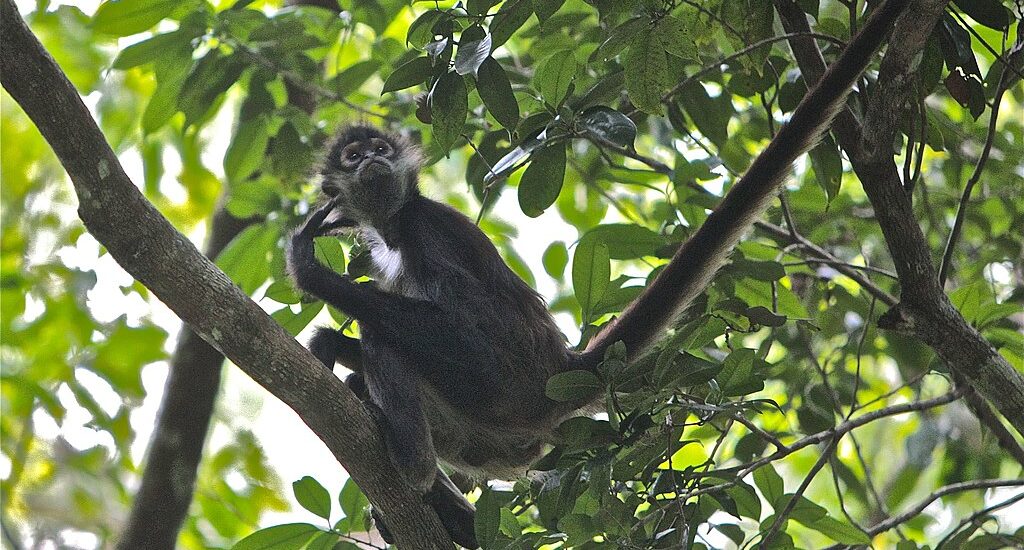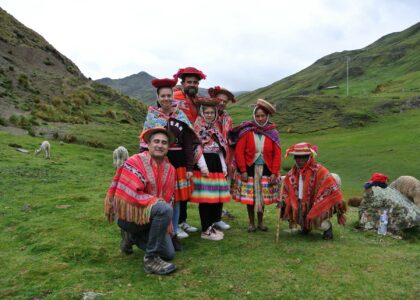Central America, a treasure trove of natural beauty, is home to some of the world’s most vibrant and diverse ecosystems. This biodiversity in Central America, stretching from Mexico’s southern border to the tip of Panama, is a kaleidoscope of rainforests, mountains, and coastlines. It’s not just a feast for the eyes; these landscapes are teeming with life. From exotic birds to unique amphibians, the biodiversity in Central America is a living library of the planet’s ecological history.
But this treasure is under threat. Conservation efforts are vital to protect these natural wonders. Understanding the delicate balance of these ecosystems and the challenges they face is crucial. This journey into Central America’s heart isn’t just a chance to witness its beauty; it’s an opportunity to learn why preserving these environments is essential for our planet’s health.
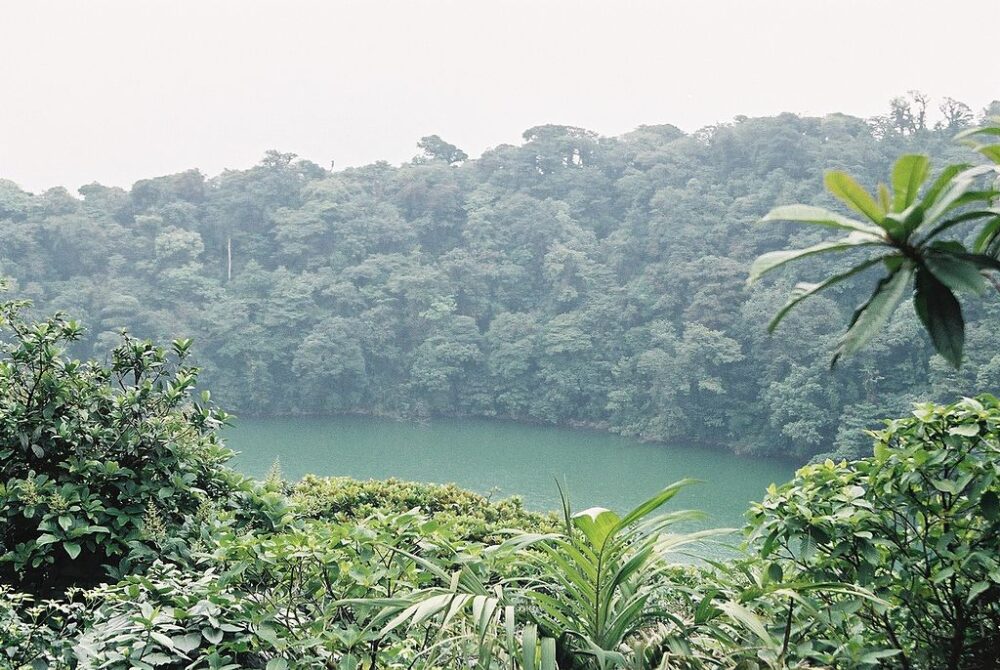
Central America’s Rich Ecosystem
Central America’s rainforests are a showcase of nature’s diversity. Imagine walking through a dense jungle where every step introduces you to a different world. These rainforests are not just trees and rivers; they’re complex ecosystems supporting an incredible variety of life.
In these jungles, you might spot a sleepy sloth in a tree or hear the distant call of a howler monkey. There are colorful toucans with their large, distinctive beaks, and if you look closely, you might find tiny poison dart frogs with their vivid, warning colors. Beneath the canopy, jaguars prowl, masters of their domain, while overhead, flocks of parrots paint the sky with their vibrant hues.
Each of these species plays a vital role. The frogs help control insect populations, the toucans and parrots spread seeds, helping the forest grow, and the jaguars keep herbivore populations in check. This balance is delicate; each creature is a piece of a larger puzzle that keeps the ecosystem healthy.
But these ecosystems are more than just homes for animals; they’re vital to our planet. Rainforests help regulate the Earth’s climate and are key in the carbon cycle. They’re also a source of medicine and a haven for scientific research.
Exploring these rainforests offers more than just a chance to see exotic wildlife; it’s a lesson in the complexity and importance of natural ecosystems. They remind us of the intricate interconnections in nature and our responsibility to preserve these precious resources.
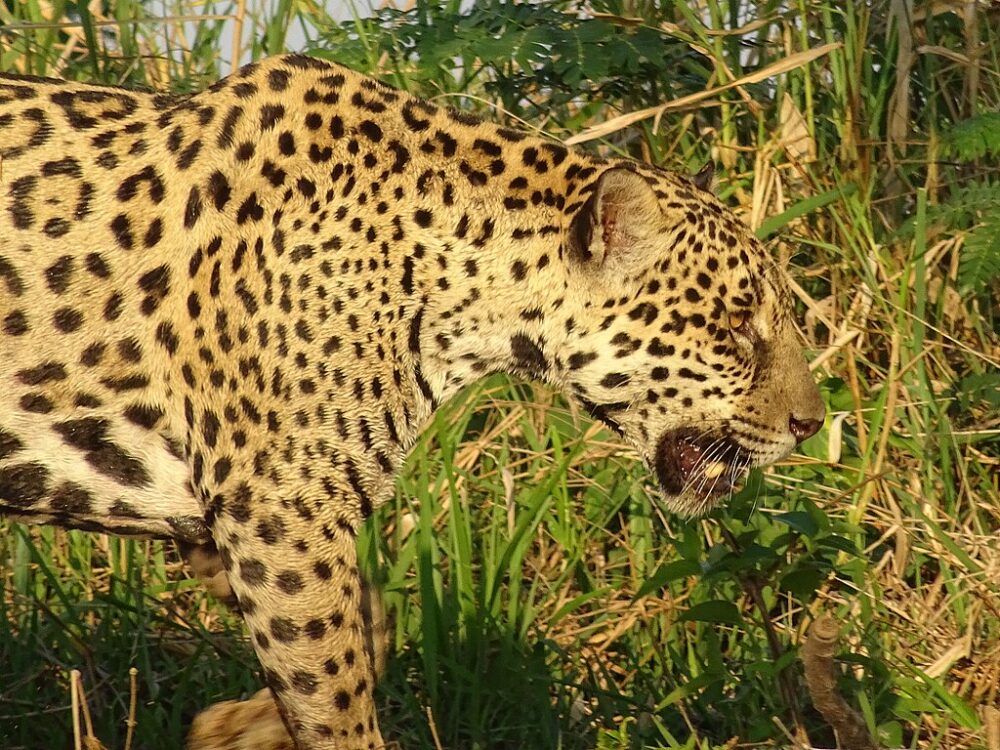
The Challenges of Conservation
Central America faces big challenges in protecting its rich biodiversity. The biggest threat? Habitat destruction. Forests are being cut down for farming or building, which means animals lose their homes. This is a big problem for creatures, like jaguars, that need large areas to survive.
Another major issue is climate change. It’s making weather patterns unpredictable and harsher, affecting both plants and animals. For example, coral reefs suffer from warmer seas, which also messes with the fish that depend on them.
Despite these challenges, there are efforts to protect these natural treasures. Governments and organizations are creating protected areas, like national parks, where wildlife can live safely. They’re also working on laws to reduce deforestation and protect endangered species.
But it’s not easy. These efforts need a lot of money and support from local people and governments. Sometimes, protecting nature can clash with people’s need to make a living. Finding a balance between conservation and helping communities thrive is a big challenge in Central America. It’s a tough job, but keeping these amazing ecosystems alive for future generations is crucial.
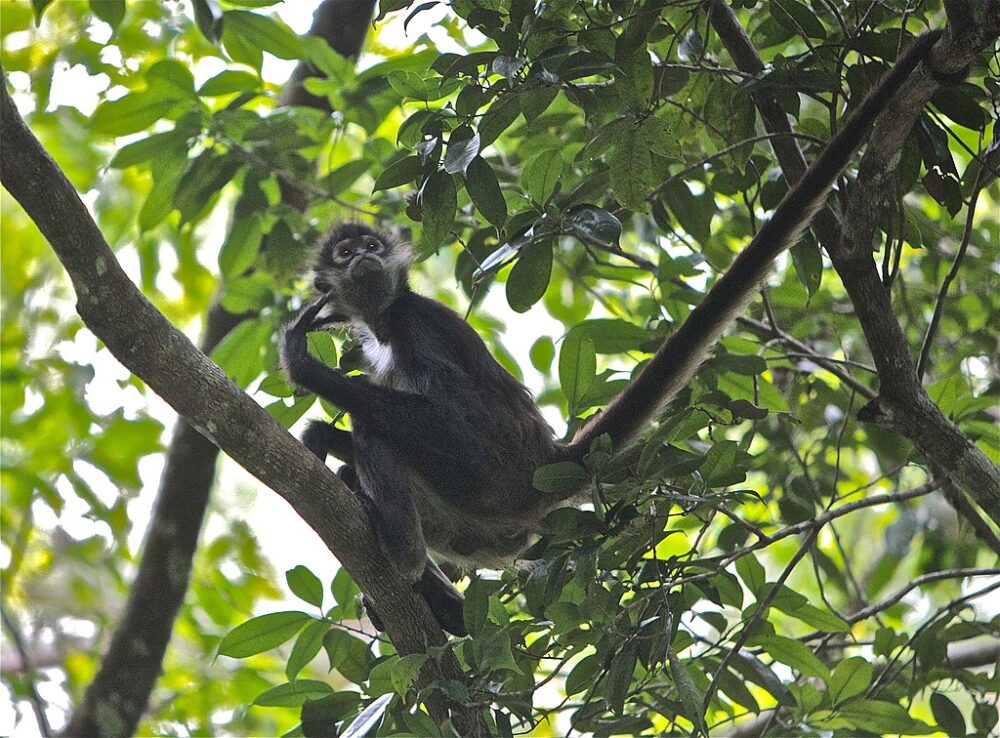
The Importance of Biodiversity in Central America
Biodiversity in Central America isn’t just important locally; it’s vital for the whole world. Why? Because all the different plants, animals, and ecosystems are connected, like a giant web. Each species has a role, whether it’s a bee-pollinating plant or a jaguar controlling prey populations.
It’s like pulling a thread from that web when we lose one species. It can lead to more problems like other species disappearing or ecosystems changing. For instance, if bees decline, pollinating plants can suffer, affecting animals that eat those plants.
Healthy biodiversity also helps the planet in big ways. Forests in Central America absorb carbon dioxide, a greenhouse gas, which helps fight climate change. They’re like Earth’s lungs, cleaning our air.
So, protecting biodiversity in Central America helps the whole planet. It keeps ecosystems balanced, fights climate change, and preserves nature’s unique beauty and wonders for future generations. In short, what happens in Central America’s forests and oceans affects us everywhere on Earth.
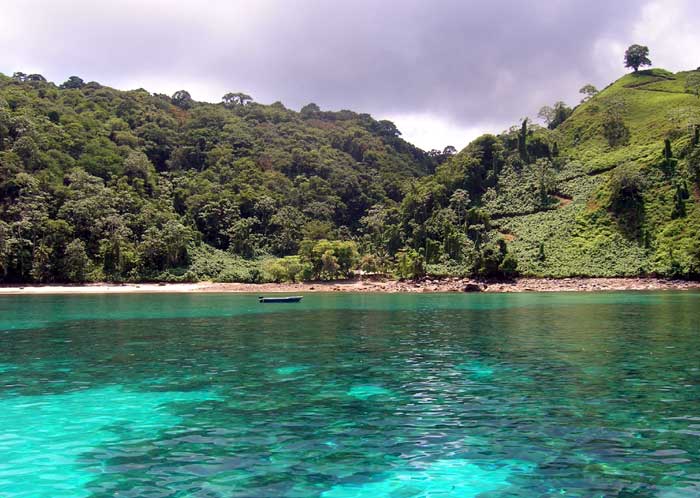
Educational Value of Rainforest Conservation
Learning about rainforest conservation is super beneficial for students. It’s one thing to read about rainforests in a book, but being there is a different experience. Students get to see, hear, and feel the rainforest environment. This hands-on learning makes everything more real and memorable.
When students learn in the rainforest, they see how everything is connected. They understand why saving one plant or animal matters for the whole ecosystem. Plus, they learn about the challenges conservationists face, like dealing with habitat loss or climate change.
This kind of learning isn’t just about facts. It’s about understanding our planet better and feeling more connected to nature. It encourages students to think about how their actions impact the environment. This real-world experience can inspire them to become future conservationists or just more environmentally conscious in their daily lives. It’s a powerful way to learn that can change how they see the world.
The Role of Engaged Education Tours
Engaged Education isn’t just another tour company. They’re all about turning real-world experiences into powerful learning moments, especially in Central America. Imagine being right in the middle of those lush rainforests, learning about biodiversity and conservation firsthand. That’s what Engaged Education offers.
Their tours aren’t just trips; they’re journeys into understanding our planet and the critical role of rainforests. It’s about seeing, feeling, and understanding the importance of each plant, animal, and insect in these ecosystems.
Are you thinking about exploring these rainforests and learning about conservation? Engaged Education is here to help. They create tours that are more than just sightseeing—they’re about making a positive impact on the world. So, if you’re up for an educational adventure that’s also about making a difference, why not book a trip with Engaged Education? It’s not just a trip; it’s a chance to see the world in a new way. View the brochure today!


